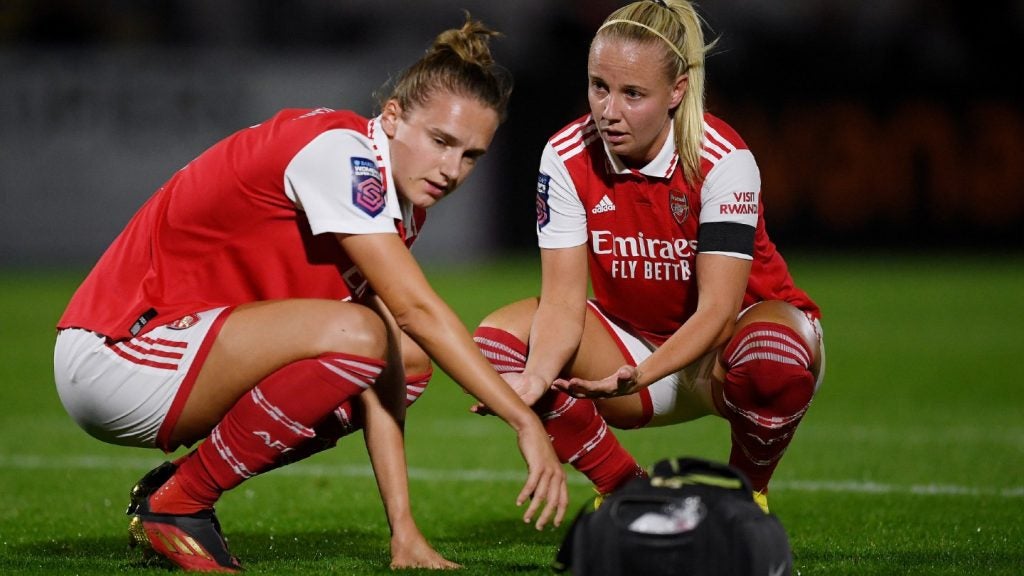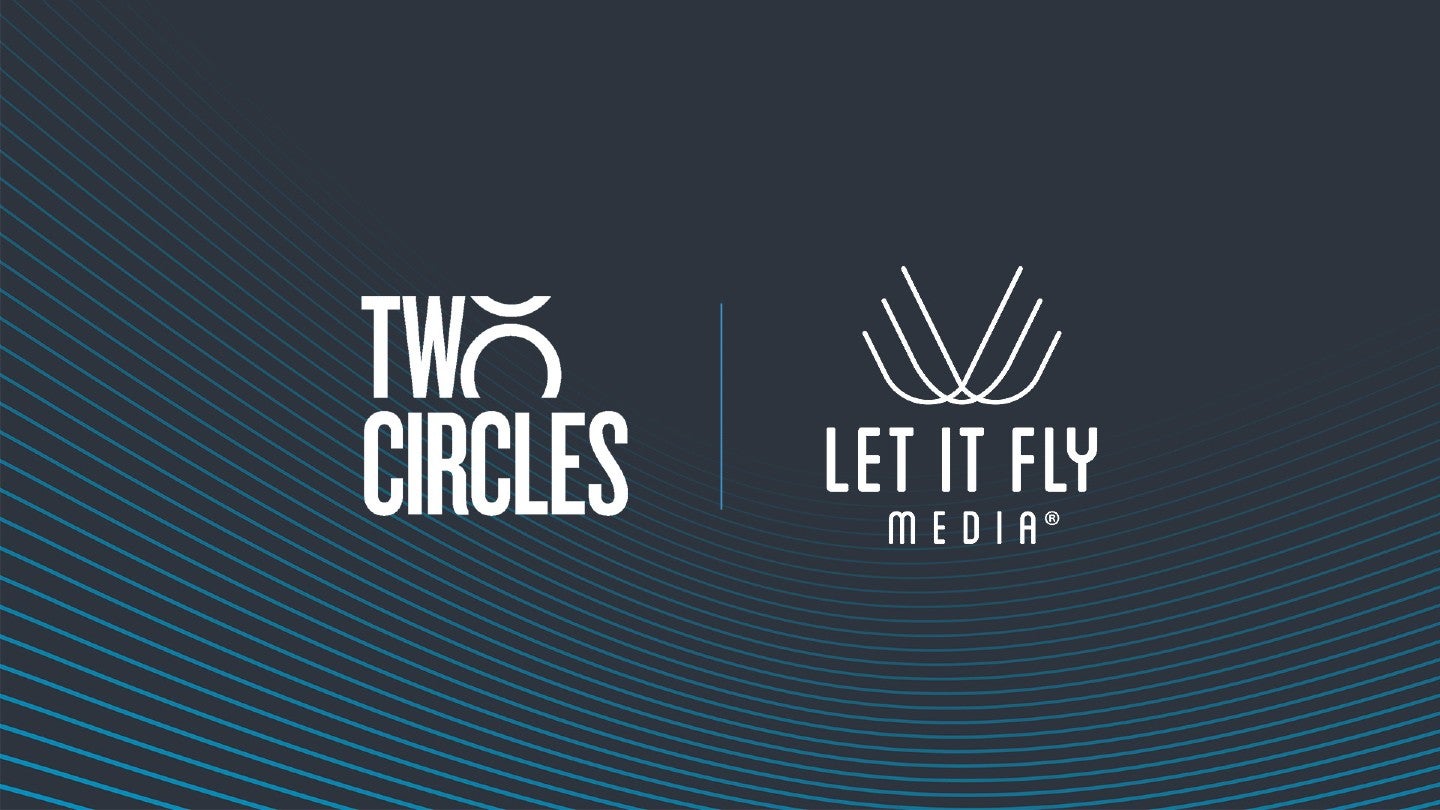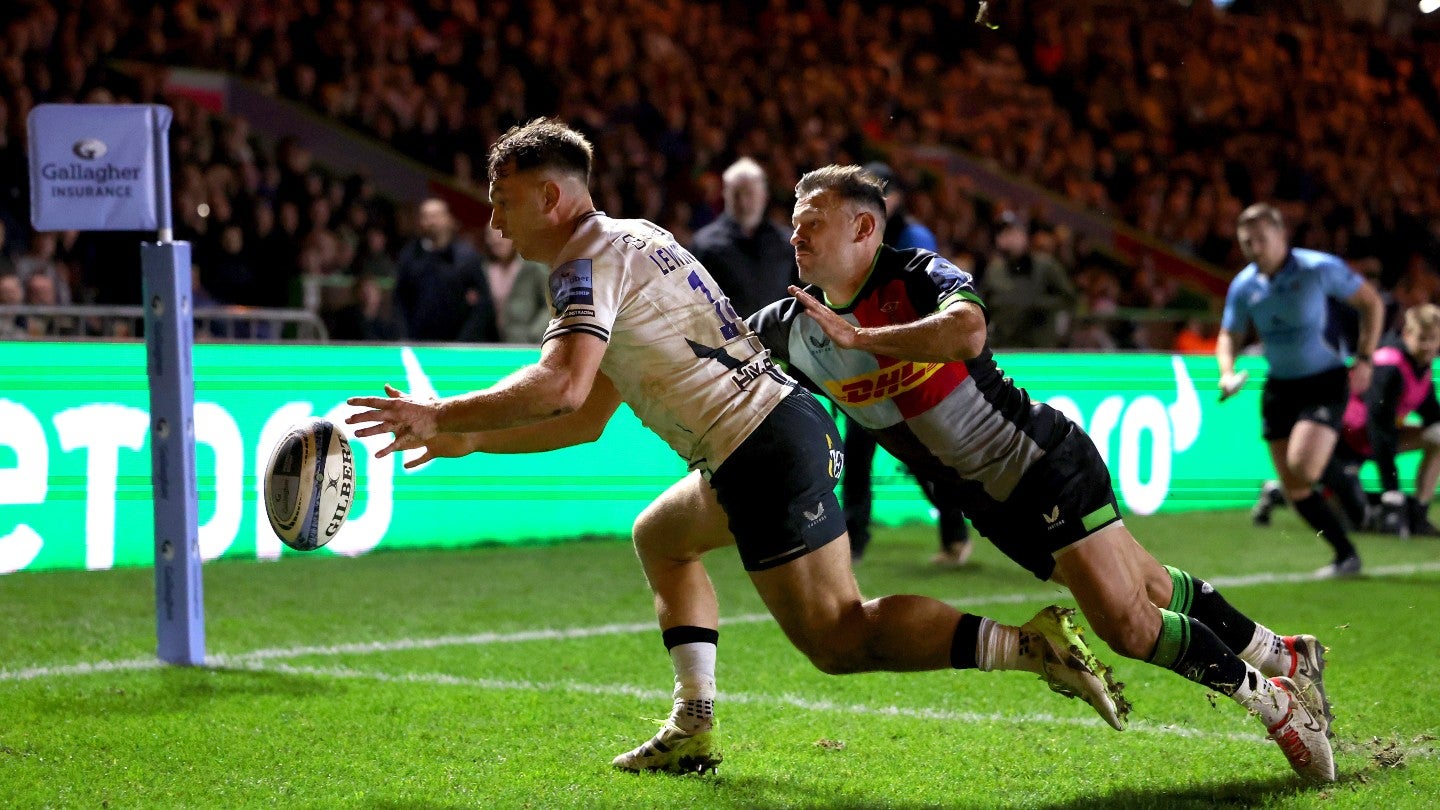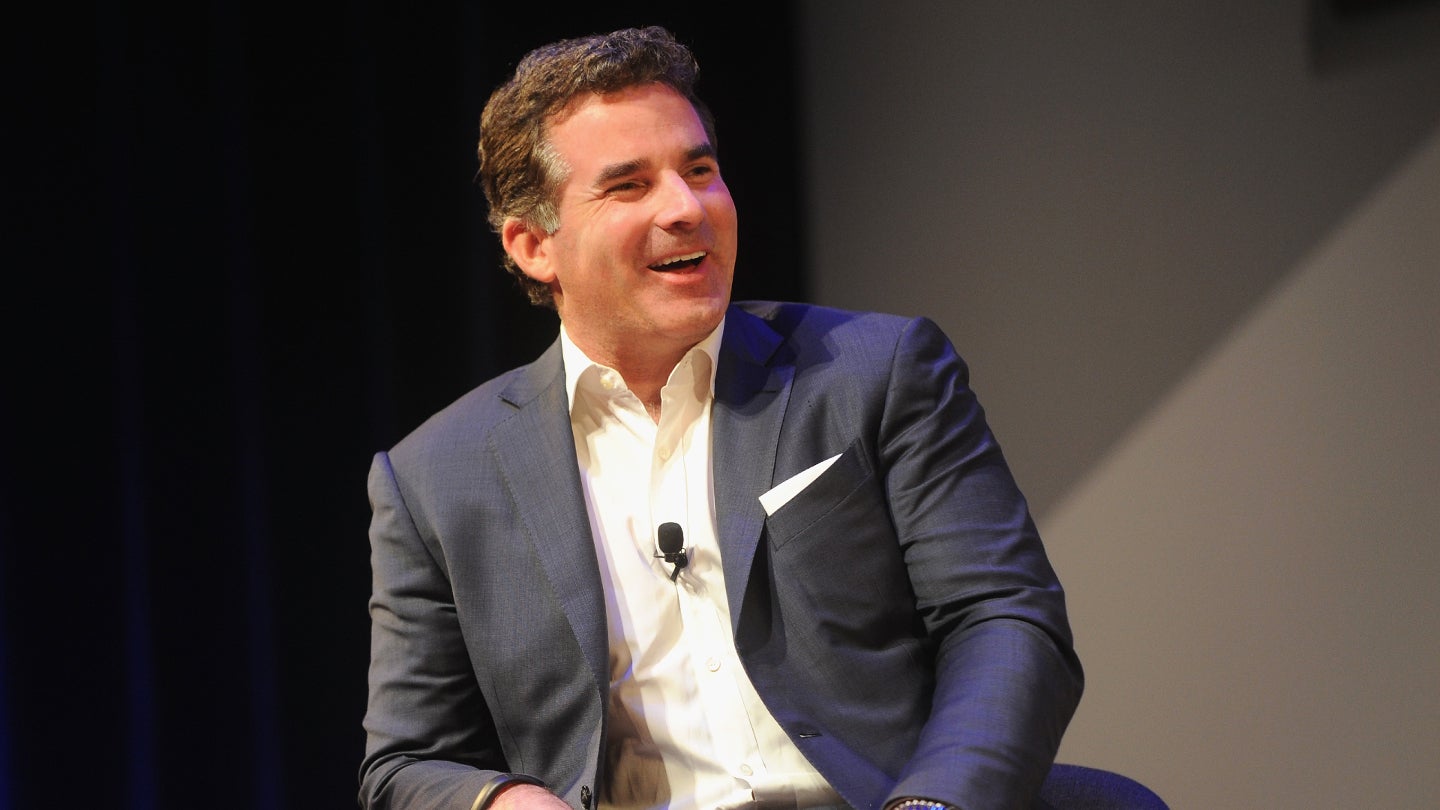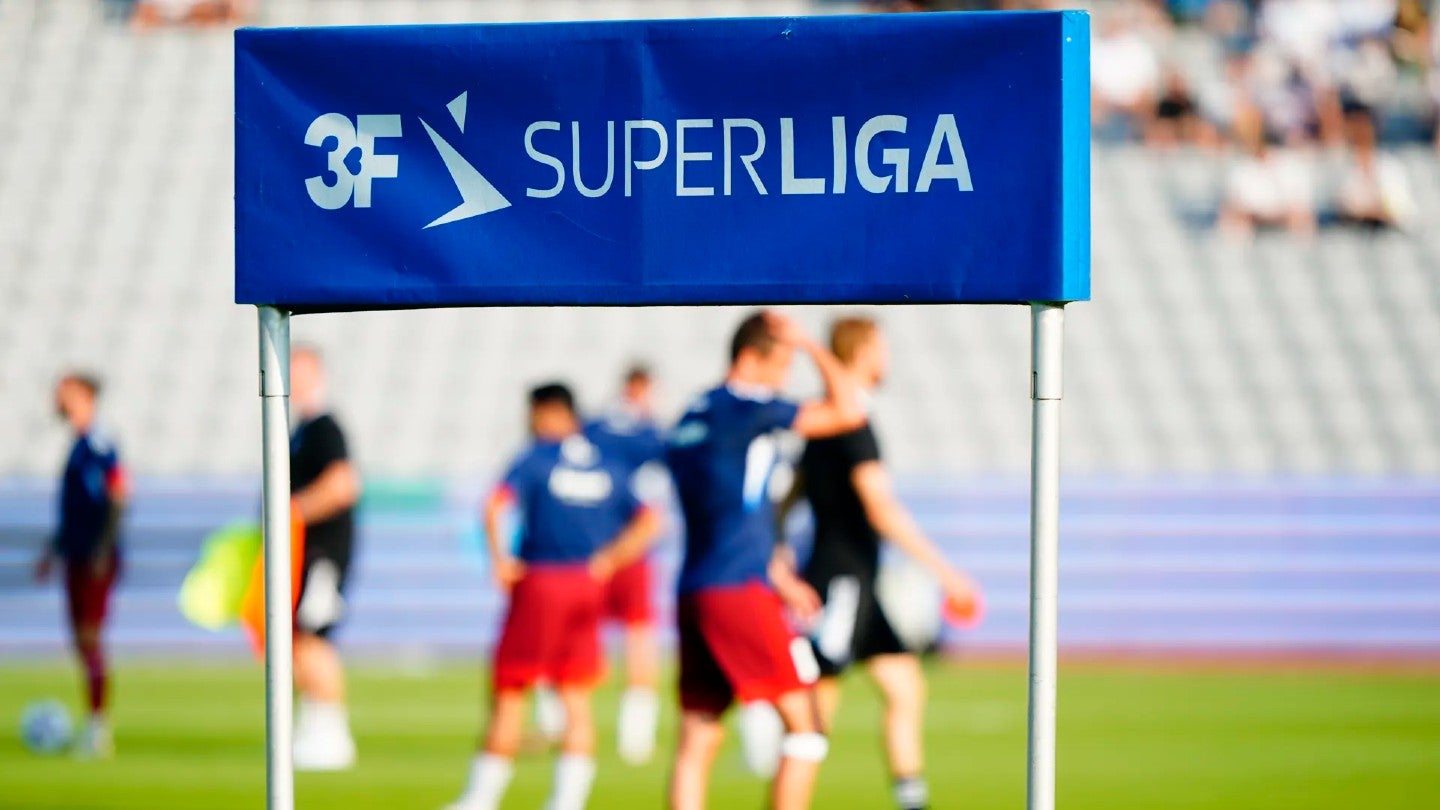Women’s sport is growing exponentially, with viewership and investment soaring. For example, the inaugural Women’s Premier League (WPL) cricket franchise auction commanded around $572 million for five teams.
This demonstrates the money being generated in women’s sport, and the changing landscape must now urgently address the issue of a lack of specially designed sports clothes and equipment.
In a recent review from the UK Chair of the Women and Equalities Committee, it was made clear that women and girls playing sport at all levels both require and deserve kit and equipment that is researched and designed specifically for their health and performance needs.
The first female soccer boot in the world came to the market only a few years ago, which shows how slow the industry has been to invest in female sports equipment.
The urgency for this is shown through the high occurrence of anterior cruciate ligament (ACL) injuries in female soccer players. England duo Beth Mead and Leah Williamson, Netherlands forward Vivianne Miedema, and Canada International Janine Beckie were among a group of elite players who missed the 2023 Women’s World Cup due to ACL injuries.
This was a major disappointment both for the players and the sport. Women’s sport is on the rise, and for the biggest advertisement for the women’s game to be without star players, was a major loss.
There is an obvious link between ACL injuries and women’s physiology, and there is evidence that soccer boots are causing broader problems for many female players.
Women’s and men’s differing physiology means that the football boots must differ. Women have a narrower heel cup and wider hips - therefore women’s soccer boots should have more studs, which are shorter.
Women’s sport has never been bigger, so why has the industry been so slow in investing in female sports equipment?
Sports kit was not designed for women in mind - this is now outdated. Women’s bodies differ from men’s, so why doesn’t the kit and equipment differ?
It isn't comfortable for women to wear men’s soccer boots, but if that is all they have worn, they will not know any different. Boots are just the starting point. With better equipment, comes better performance and bigger audiences, and with greater popularity comes more sponsorship and investment.
One of the most common arguments as to why there is a lack of investment in women’s sport is that it is not as profitable as men’s. Sportswear brands have said they are investing in female-specific equipment, but on the other hand, argue that retailers can be reluctant to stock them due to lack of awareness about the growing business opportunity.
There is still a major gender discrepancy in sport, despite the increase in popularity of women’s sport. For women to have the same opportunity as men, in terms of equipment, the sports science sector needs to respond quicker, especially to the ACL issue.
An alarming statistic found as many as 82% of female soccer players in Europe experience discomfort wearing soccer boots.
The issue regarding the lack of urgency from the sports science sector goes beyond just soccer boots, with concussions in rugby for example. There has not been enough research on the women’s game. Therefore, it's not only investment that's an issue but also a lack of research to enforce it.
There are early signs that female athletes suffer a higher rate of concussion compared to their male counterparts. On the positive side, research is underway, however, to enable reliable results, research can take years.
If this early research is any indication, sports brands may be required to invest in specialized female scrum caps, for example. Nevertheless, it is encouraging that the research has been set in motion.
An important aspect of any athlete’s success is their health and wellbeing. Sportswomen have been suffering with clothing not designed for them. This is present from grassroots up to the professional level.
If young females do not feel comfortable in sports equipment or clothes, this is going to have an impact on whether they stay in the sport or not.
From boxing gloves to bike saddles and cricket bats, these have all been designed primarily for men. For women’s sport to continue its growth as it has done over the past decade, industries must commit to investing in it.
Positively, there are signs of this, despite the reluctance previously mentioned. For example, Australian prime minister Anthony Albanese announced plans last year to invest $200 million into the country’s women’s sports infrastructure, to ensure that girls and women athletes in Australia have their own facilities and gear instead of sharing with the men’s teams.
This investment was triggered by the 2023 Women’s World Cup having so much success, especially in terms of popularity.
Showcasing women’s sport at its best provides the industry with the belief and evidence of the benefits of investing in women’s equipment.
Brands and investors need to play catch up. As mentioned, last year’s Women’s World Cup was a turning point for women’s sport, so now is the time to act.
As the women’s sports industry has evolved, the sector must do too to achieve equality of attention towards health and physiology-related issues affecting women, just like the men do, in sport.
There is a great urgency for women and girls to have specific clothing and equipment that addresses their physiological differences from men.
Women’s sport still has numerous barriers to climb, nevertheless, the knock-on effect of addressing the clothing and equipment issues has the capability of having a monumental impact on women’s sport.


